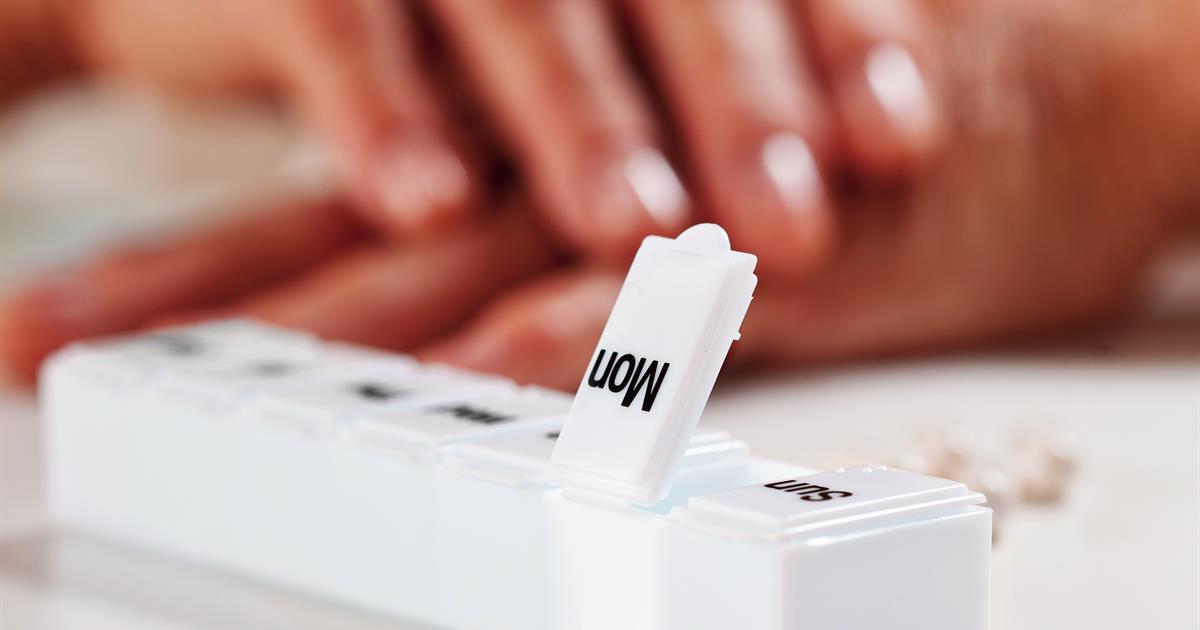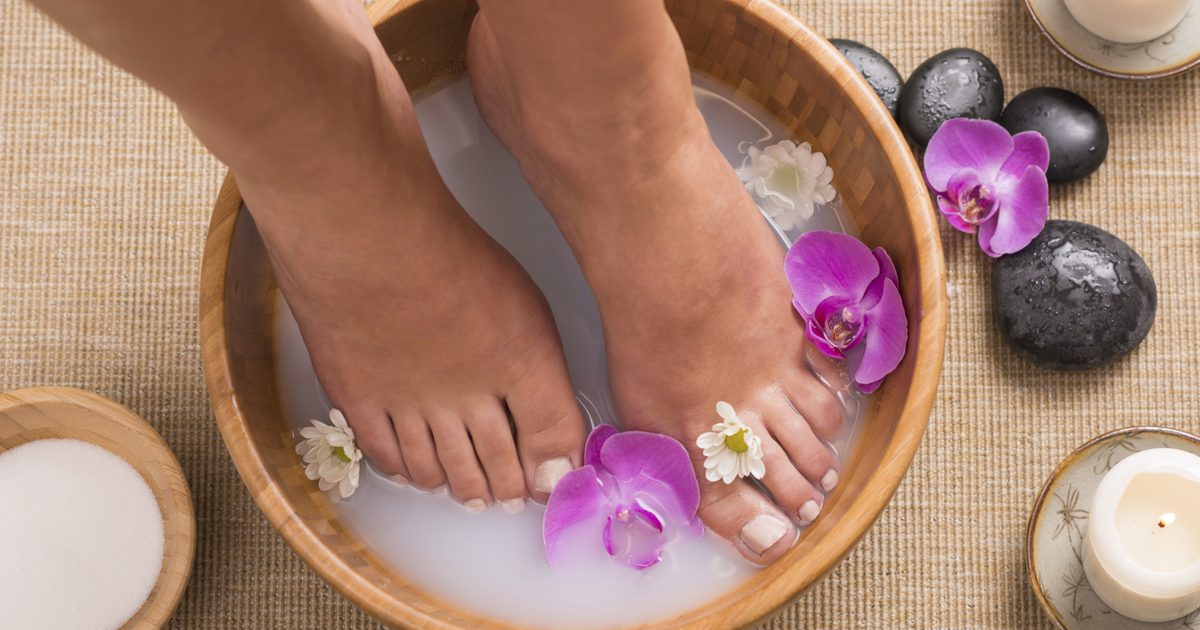Remedies For Ingrown Nails
An ingrown nail is a condition where the edges of the nails grow into the skin surrounding the nail. Ingrown nails are seen more often in individuals who have sweaty feet and older individuals who have thicker nails. Other factors that can cause ingrown nails are cutting them incorrectly, curved toenails, tight footwear, injury, bad posture, poor hygiene, and a genetic predisposition for the condition. The early stage symptoms of ingrown nails include tender and swollen skin next to toenail, pain on the toe, and fluid collection around the toe. If the ingrown nail becomes infected, the skin becomes red, may bleed, ooze pus, or be very painful.
Pain Relief Medication

If there is inflammation and the pain is too bad, pain relief medication can help manage the pain while a more permanent treatment is found. An over-the-counter medication like acetaminophen can help relieve the symptoms of an ingrown nail. There are potential side effects of the medication but usually manifest only if large doses of them are taken.
For cases where the ingrown nail also causes swelling and inflammation, ibuprofen is a better alternative since it helps with all of the symptoms. Of course, ibuprofen and other anti-inflammatory medications have side effects, which include stomach problems, diarrhea, and abdominal pain. When taking pain relievers, it is always wise to consult with a doctor first.
Soak In Warm Salt Water

Besides being used for flavoring our food, salt has an anti-inflammatory and soothing effect when used topically. The salt has to be dissolved in warm water to make an effective soak for treating an ingrown nail. For the bath, use Epsom salt which can be purchased at most pharmacies. Mix one to two tablespoons of the salt into a quart of warm water. Soak in warm salt water for fifteen minutes for each session.
When starting, you can soak your feet or hands several times during the day. Repeat these fifteen-minute soaks several times during the first few days. Dry the foot or hand thoroughly after the soak. This warm salt soak will remove the infection and swelling from the affected area. This will also pull out any pus that may have collected in the area.
